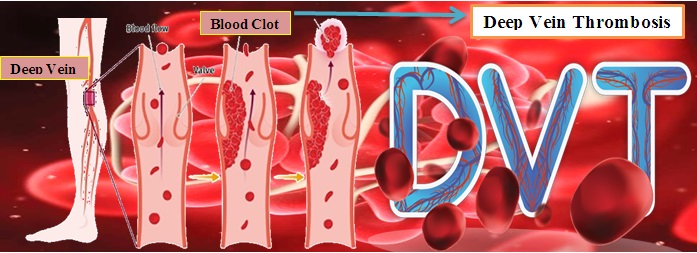Document Type : Original Research Article
Authors
1 Assistant Professor, Trauma and Emergency Medicine Research Center, Hormozgan University of Medical Sciences, Bandar Abbas, Iran
2 M.D, Emergency Medicine Specialist, Hormozgan University of Medical Sciences, Bandar Abbas, Iran
3 M.D, Internal Medicine Specialist, Hormozgan University of Medical Sciences, Bandar Abbas, Iran
Abstract
The present research aimed to compare the ultrasonography reports by the emergency service with the radiology service among suspected DVT patients. The present cross-sectional and diagnostic research was conducted on 150 patients suspected of DVT in lower limb who visited the emergency section of Shahid Mohammadi Hospital in Bandar Abbas in 2017. Patients referring to the emergency section and suspected of DVT received an ultrasound sonography by the emergency service. Then the results obtained from patients' medical records were compared with the radiologists' report of Doppler ultrasound to check the presence or absence of DVT. In terms of gender, 76 patients (50.7%) were male while 74 (49.3%) were female. The precision in the diagnosis of the emergency service was 100% and the diagnostic specificity of the same service was 90.62%. The negative predictive value in the emergency service was estimated at 100% while the positive predictive value in the same service was 93.47%. The precision of 95.3% with a confidence interval of 95% was estimated at 91.1% to 99.5% (p=.000). According to the present findings, it can be concluded that performing an ultrasonography to diagnose DVT in the emergency service enjoys a high sensitivity of 100% and a negative predictive value of 100%.
Graphical Abstract
Keywords


